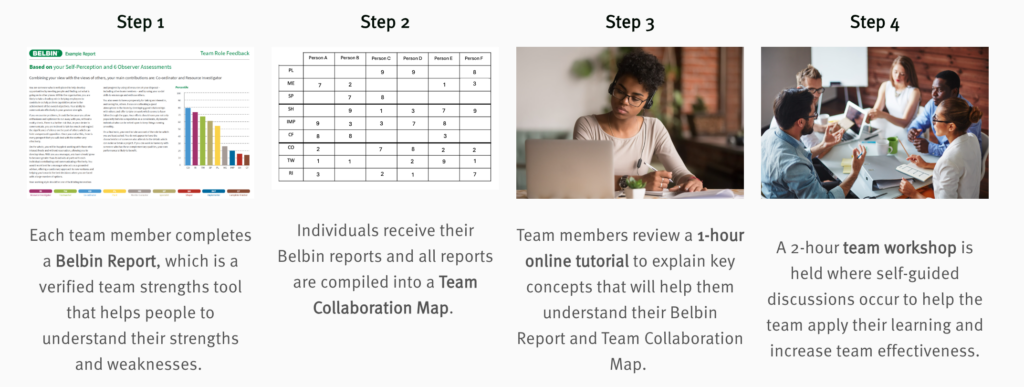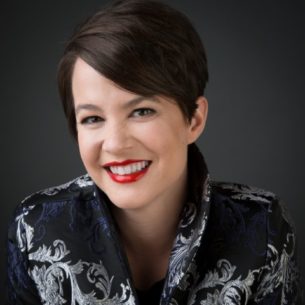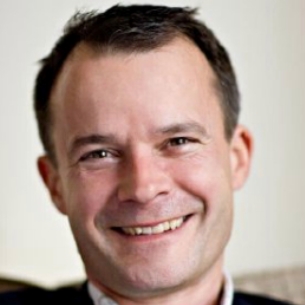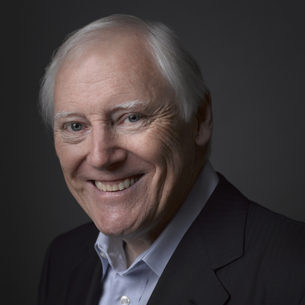- Belbin North America
- FAQs
FAQs
What is a Belbin Team Role and why are they important?
Dr Meredith Belbin, a British researcher who conducted a groundbreaking, decade-long study, into team effectiveness, observed that people in teams tend to assume different “Team Roles” – clusters of behavior that have a positive impact on team performance.
Dr Belbin discovered that in order for a team to be successful the right Team Role contributions needed to be brought in at the right time. Each Team Role was found to consist of strengths and allowable weaknesses. More about Team Roles.
What are the 9 Belbin Team Roles?
The nine Belbin Team Roles are: Resource Investigator, Teamworker and Co-ordinator (the People roles); Plant, Monitor Evaluator and Specialist (the Thinking roles), and Shaper, Implementer and Completer Finisher (the Action roles). More about the 9 Team Roles.
Do people have more than one Team Role?
Yes, no one ‘is’ a Team Role or has just one. Your Belbin Individual Report will show a number of preferred, manageable and least preferred roles (according to your own views) and a spread of Team Roles when taking Observer feedback into account. Generally, our top or preferred roles are those we can play most easily. Manageable roles are those which can be cultivated, and least preferred roles are those which we struggle to fulfil and are best delegated to others whenever possible.
Why does Belbin talk about weaknesses?
Allowable weaknesses are the flipsides of a corresponding strength – the trade-off for making that contribution. For example, someone with Monitor Evaluator strengths is able to remain level-headed and make sound decisions, but can appear unenthusiastic. Belbin states that we should play to our strengths and manage our weaknesses, perhaps by asking others in the team to help with those areas where we struggle. While some competency frameworks suggest that we should try to ‘improve’ our weaknesses, research shows that this is often wasted effort and tends to erode our strengths in the long run.Tea
Is the Belbin Observer Assessment anonymous?
The Belbin Individual Report shows patterns of feedback from Observers, but does not attribute words or phrases from the Observer Assessment to particular individuals.
What is the difference between Belbin and Myers Briggs?
Myers Briggs (or MBTI®) measures innate personality types, whereas Belbin measures behavior. While personality remains relatively fixed, behavior can change depending on our job role, colleagues and environment. Measuring behavior allows us to draw on evidence from others in the team and to provide actionable insights on how to boost performance. Read more about behavior and personality.
Does Belbin work in different cultures?
Yes. Belbin is successfully used worldwide and with multinational and cross-cultural teams. We have conducted in-depth research into Belbin and cultural difference using data from over twenty countries.
Does Belbin theory work for virtual teams?
Yes. Belbin is a universal language which enables virtual and hybrid teams to overcome geographical and cultural boundaries.
How can I buy Belbin reports?
You can purchase individual reports here or team reports here. Or, contact us for more information.
Do you have a Belbin ‘train the trainer’ course?
Yes, the Belbin Accreditation Course.
Want to Find Out More?

Intro to Belbin

Case Studies




